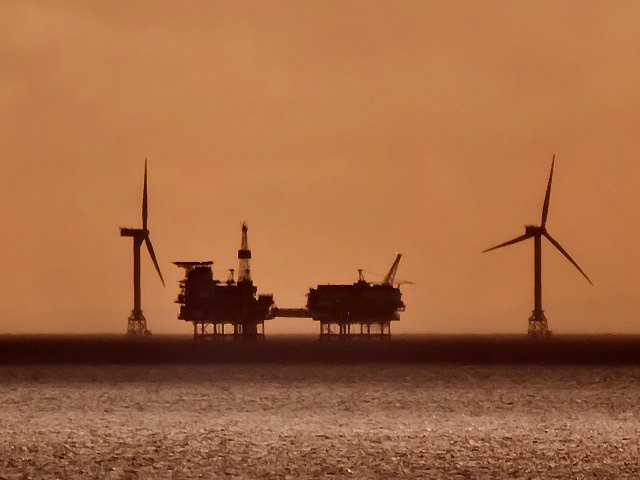
In August 2021 Marine Scotland released “The Offshore Wind Energy for Innovation Projects and Targeted Oil and Gas Decarbonisation (INTOG) Planning Specification and Context” report for public consultation. Within a year , Marine Scotland had identified areas it considered suitable for such developments and on August 10, 2022 the INTOG leasing round opened for applications, closing on November 18.
On December 13, Crown Estate Scotland announced that 19 applications had been made for the INTOG offshore wind process – 10 for IN (Innovation) projects and 9 for TOG (Targeted Oil and Gas Decarbonisation). The applications are now in the process of being assessed and the offer of exclusivity agreements for both IN and TOG projects is expected by the end of April 2023.
INTOG was designed for smaller scale innovative offshore wind projects of less than 100 megawatts (MW), or those connected to oil and gas infrastructure to provide low carbon electricity. These are intended to support Scotland in its target of achieving net zero emissions by 2045, and more widely to support the oil and gas industry in the “just transition” as set out in the North Sea Transition Deal (NSTD) which seeks to facilitate achieving net zero emissions by 2050.
To elaborate a little further, the stated objectives for INTOG are:
- for IN, to enable projects which support cost reduction in commercial deployment of offshore wind (including alternative outputs such as hydrogen), and to further develop Scotland as a destination for innovation and technical development, leading to risk reductions and supply chain opportunity; and
- for TOG, to maximise the role of offshore wind in reducing emissions from oil and gas production and to achieve target installed capacity in a way that delivers best value for Scotland, creating supply chain opportunity in alignment with “just transition” principles.
Whilst INTOG might be on a considerably smaller scale that the recent ScotWind leasing round (capacity in connection with INTOG projects is expected to be around 4.5 gigawatts (GW) compared with around 25GW for ScotWind), its smaller scale does have some significant benefits in the overall move towards net zero.
Firstly, INTOG is understood to be the first process of its kind in the world, therefore demonstrating Scotland’s leadership in this area. Furthermore, decarbonisation of offshore oil and gas production is a global issue, and Scotland can lead by example and provide “proof of concept” as to how this can be achieved.
Secondly, because the projects are smaller scale, they may in fact come to fruition earlier than many ScotWind projects. It is hoped this will enable the supply chain to gain important expertise in these types of projects as well as bringing about decarbonisation in some areas more quickly than would otherwise be the case.
Thirdly, uncertainty in the planning process or long delays is seen as a barrier to investment in new technologies and the move to net zero generally . INTOG seeks to address this, in that it provides for the Marine Scotland planning process and the Crown Estate leasing to be delivered in parallel; this will help to accelerate the timeline as much as possible with the expectation being that final options agreements will be offered in late 2023/early 2024.
Finally, a key factor of “just transition” is that the oil and gas sector seeks not to only decarbonise as an industry, but also to support the development of new cleaner technologies – INTOG meets that aim, particularly given the possibility that these offshore wind projects may also facilitate green hydrogen production. The timing of INTOG in relation to the introduction of the energy profits levy (EPL) in 2022 is also beneficial, in that decarbonisation investment will qualify for enhanced EPL relief and therefore successful applicants should be motivated to progress their projects quickly, which in turn supports Scotland’s net zero target of 2045.
It will be interesting to monitor the progress of the INTOG process throughout 2023 – if it can be shown to facilitate developments at a quicker pace and the decarbonisation effects can be demonstrated, perhaps there will be keen appetite for further INTOG rounds sooner rather than later.
Paula Kidd is a partner in CMS’ oil and gas department, based in Aberdeen.
Recommended for you

 © Supplied by CMS
© Supplied by CMS